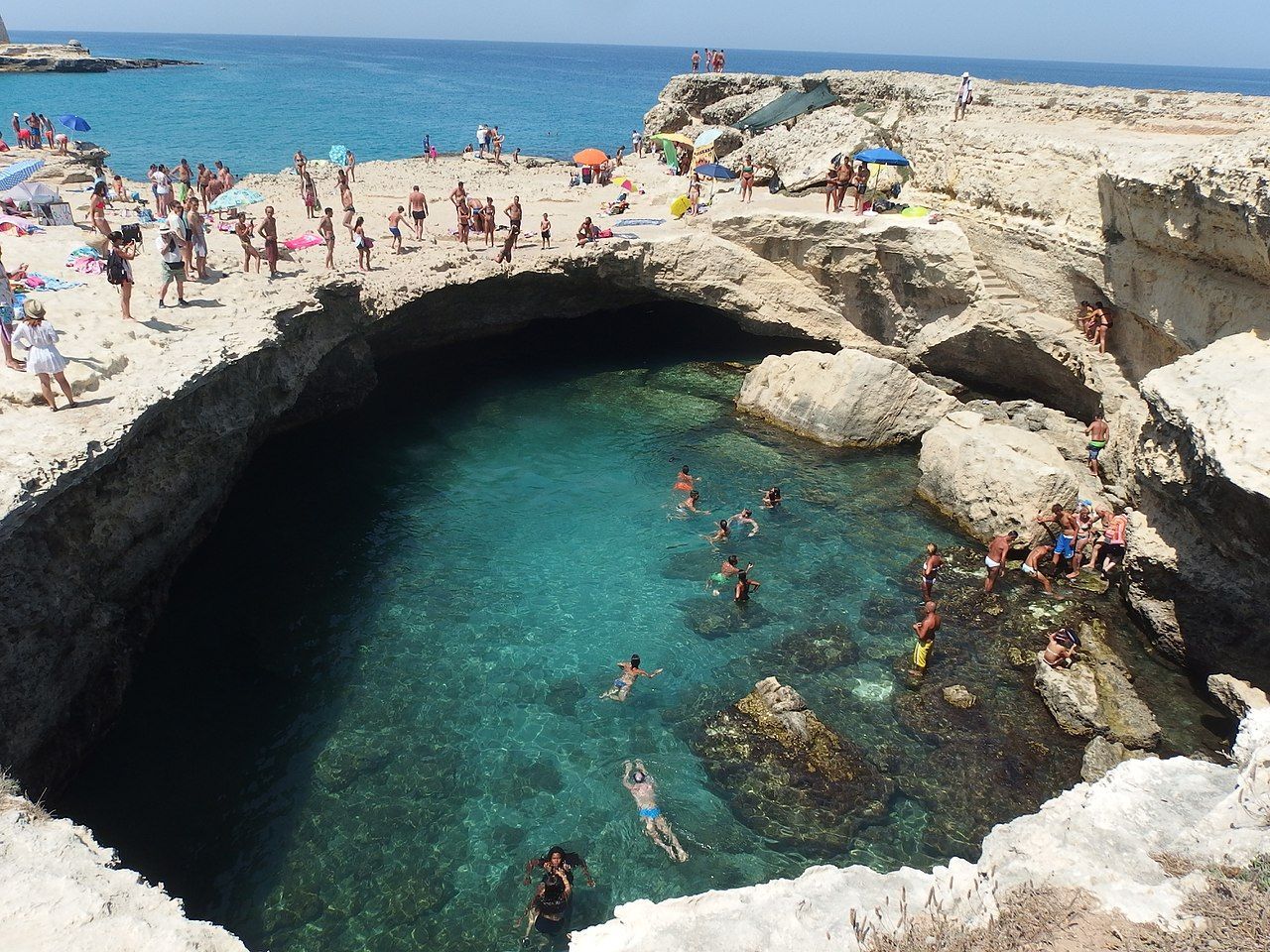Where once upon a time Daimler began its motoring adventure, it is now saying goodbye to thermals with a view to a short-lived, truly electric-only future. Despite pandemic, Mercedes doubles the speed of transition
This has been rumored for some time, and many have even given dates that have often been the subject of heated controversy. They are talking about when cars with internal combustion engines will have to give way, even on the Highway Code, to the future generation of native electric cars.
To date, not everyone is clear about what this means, but those in charge of the sector are at least aware of the great potential of the new native electrics. To pave the way and provide clarity, the official programs of the reference car manufacturers, the historic ones that now head up the major groups that “make the market”, are paving the way. The ones that, for various reasons, many people follow willy-nilly. The best known, not least because it is the one that can be traced back to the “invention of the car”, is Mercedes.
Accelerated transition
Well, Stuttgart has explained that in just four years, from 2025, their development and production work will be aimed solely at electric architectures: the modular MB.EA, VAN.EA or AMG.EA. It means that what remains today on the thermal front has already come to an end, along with the dedicated investments that will be exhausted. Some were surprised by the plans approved by CEO Ola Källenius, who doubled the share of BEVs in the 2025 sales forecast, others were not.
Because we are not talking here about politicians’ theories, which are then passed through parliaments and debates that correct them as they go along before they become the norm. The Mercedes group is serious about producing purely electric vehicles by 2030 when what remains of the thermal front will be disposed of and consigned to history. The steps are already evident with a range that is richer than most, in terms of content and variety of segments, already full of BEVs
today. It will then be from next year, 2022, that Mercedes will boast battery-electric models in every segment.

Raising targets
From the theories debated for many Italians, with associations, bodies and politicians debating the regulatory deadline for thermal retirement, to the planned, irreversible reallocation of capital at Mercedes: 40 billion euros at stake between now and 2030, with plenty of acquisitions in the engine and battery sector outside Germany and new plants. There will be no fewer than seven EV production sites and nine battery assembly points, with partial reconversion of historic European ‘iron’ activities and staff training.
Of course, there will be further corrections to the rules, perhaps to satisfy everyone’s needs, but Mercedes’ accelerated transformation is a strong signal. The batteries of the new premium German electric cars, anticipated by the Vision EQXX concept, will increase their energy density, aiming for 900 Wh/cubic decimetre (silicon-carbon anodes) to break through the wall of 1,000 km autonomy. Last but not least, the company will focus on ease of recharging, trying to cut out all superfluous steps for a true Plug & Charge of the car at the charging station.
In Collaboration with:









